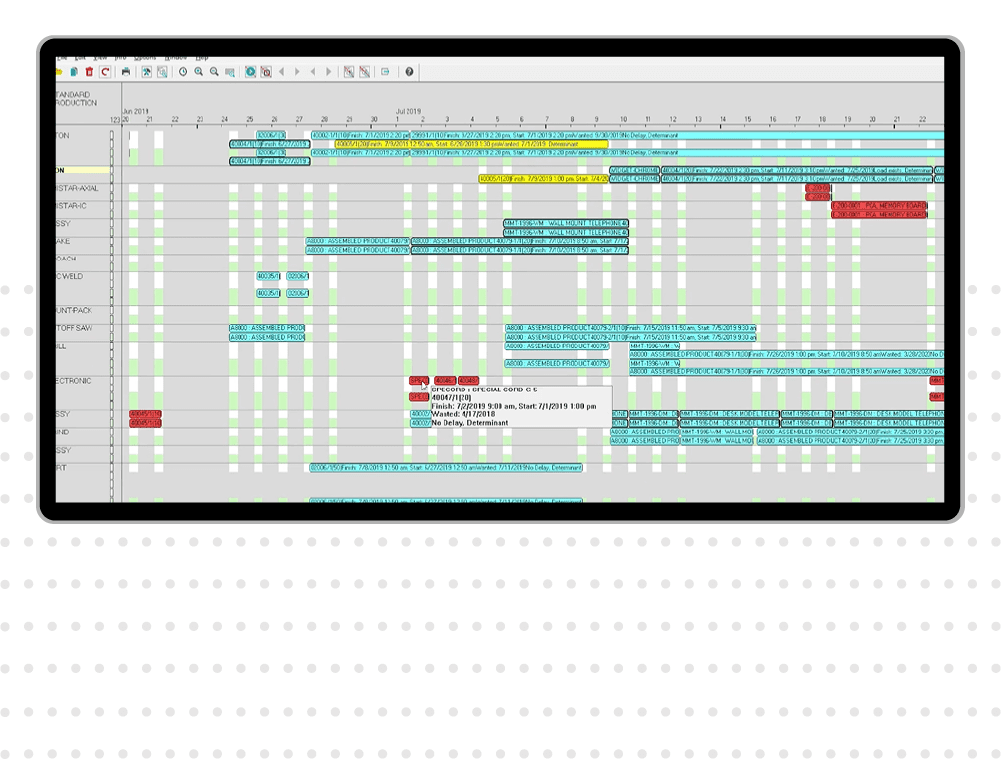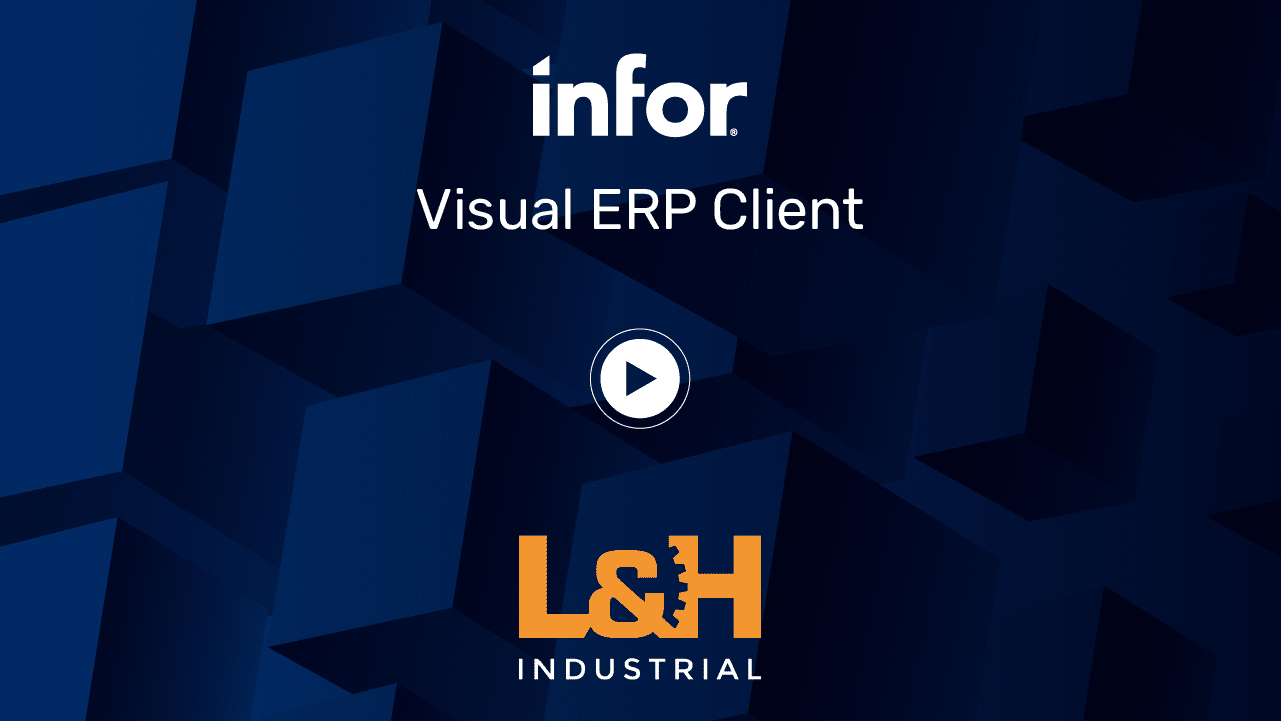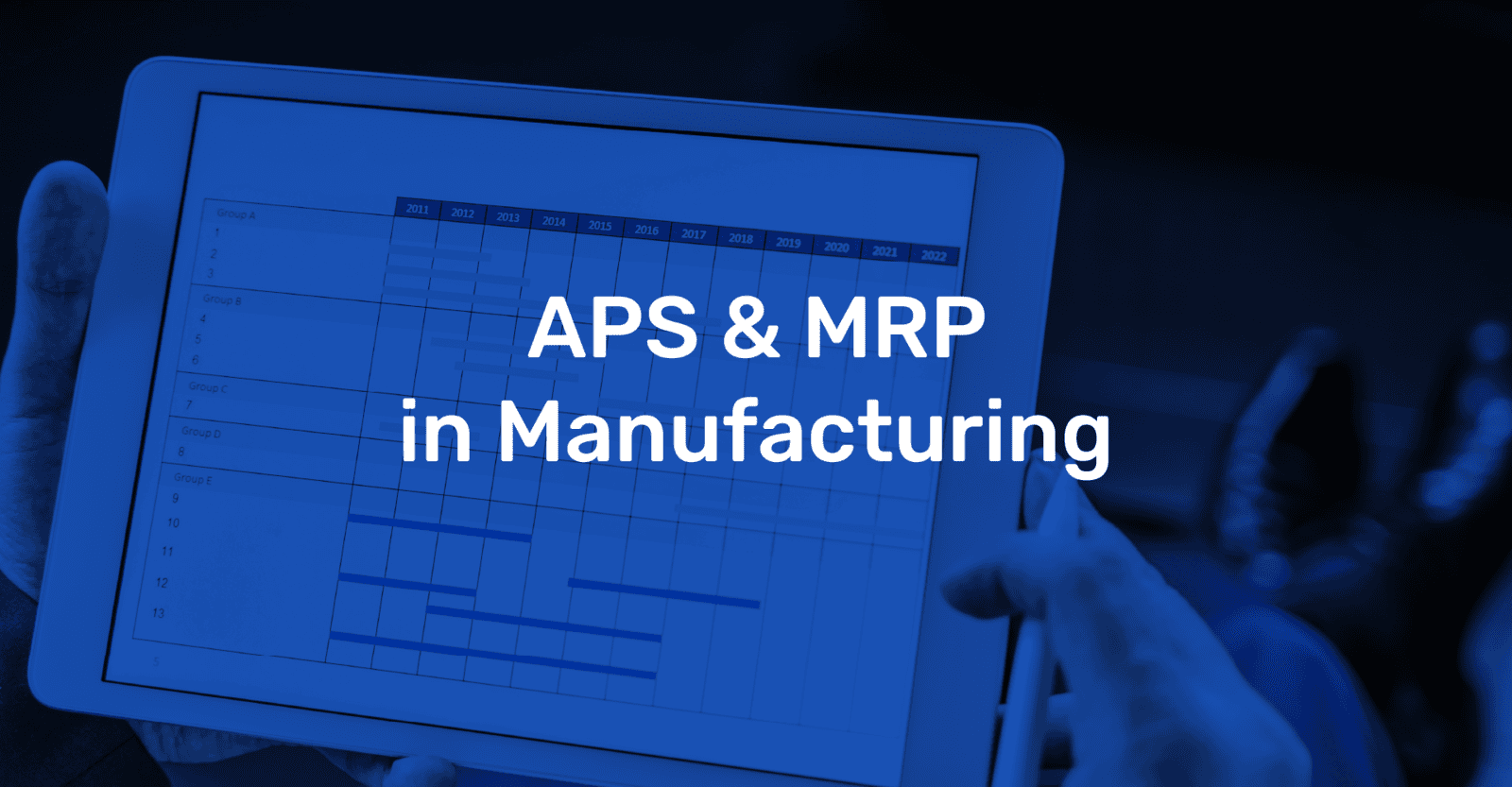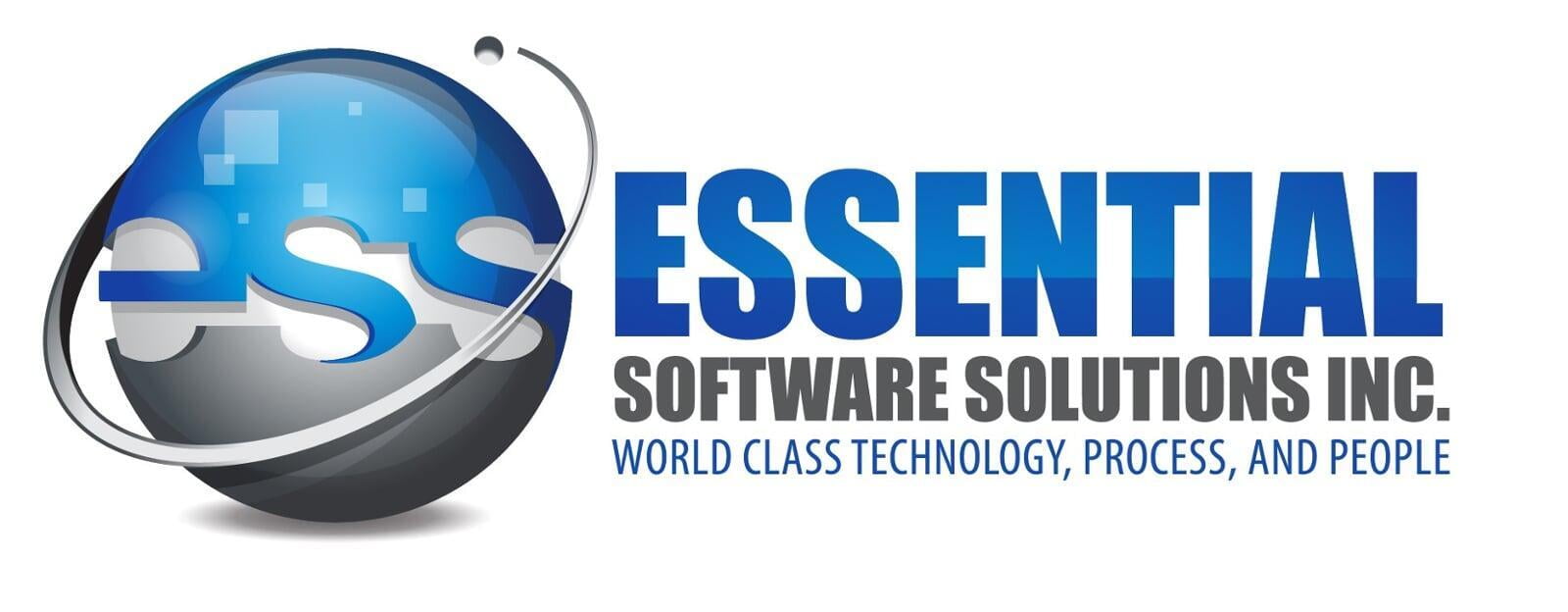Efficient shop scheduling lies at the heart of manufacturing operations, serving as a linchpin for productivity and profitability. The ability to streamline shop scheduling not only ensures timely delivery of products but also optimizes resource utilization, ultimately boosting the bottom line. However, despite the pivotal role it plays, the realm of shop scheduling often grapples with inefficiencies, particularly when it comes to the efficacy of ERP systems. While most ERPs tout shop scheduling capabilities during sales pitches, the devil, as they say, lies in the details.
Of course, shop scheduling is important. The advantage of improving shop scheduling is the ability to ship more, on time, without increasing overhead. In other words, proper shop scheduling increases profit. How could anything be more important than that for any manufacturer?
Problem is very few ERP shop schedulers are effective. During every sales demo, all ERPs claim Shop Scheduling and certainly show off Gantt charts. However, the devil is in the details.
Would you like to uncover the truth? Ask the ERP vendor what happens when they change the date on the finished item order and what does it takes to re-update all dates on all sub-assemblies. With most ERPs, you create multiple Work Orders for Parent and Child subs, then run MRP to flag which sub assemblies’ dates should be changed, however you update each ‘sub–Work Order’ manually. Especially with complex builds that include many sub-assemblies, the manual updating of dates can onerous. Inevitably manufacturers stop bothering to use it.
With Infor ERP, a Multi-level BOM is a single work order, therefore any date change for the finished good immediately shuffles the deck and updates all sub assembly dates automatically . You do not have to wait to run MRP, all sub assembly dates are updated real time. The silver bullet is a unique capability within Infor ERPs called Legs & Details. Legs and Details are an architectural uniqueness that allows sub work orders to never have to be stocked (unless you want to accommodate a COGS calculation, for percent complete revenue Rec. or other contractual requirement) prior to issuing to the next level up in the BOM structure. In other words, Infor provides a true ‘pull flow system instead of push. If you are not familiar with the concept of ‘pull’, imagine being pushed up a hill verses being pulled. Now imagine there are others hanging onto to you and I pull you all up without losing any momentum.
A case in point is L&H Industrial, a custom manufacturer that adopted Infor ERP in 1999 to enable finite scheduling. Initially a 50-employee machine shop replacing two ERPs before, L&H Industrial has since expanded into a multi-facility, $100M+ enterprise while still relying on Infor ERP.
Of course, both of L&H's systems promised to accommodate finite scheduling during their sales demos. Just like many other ERPs, they all show Gantt Charts during their sales demos. However, just because the sales demo looks good does not mean they have customers using finite scheduling.
Please Note: This is not a ‘sales demo’. Starting at 13:09 is the owner of L&H showing how he increases profitability using Infor’s Scheduler. The video is very old, so the screenshots will look old, but Mr. Wandler still uses Infor today.
The above is proof of a 100% custom ETO complex manufacturer using Infor’s finite scheduler. Ask any other ERP for a list of complex ETO manufacturers that also use their built-in finite shop scheduling, and the excuses will begin.
Author(s)
Andy Pratico - Business Improvement Advisor & ERP Evaluation Coach
















